For some, the long winter months, filled with short, colder days, is a blue period. It isn’t uncommon for many people to get down in the dumps while adjusting to daylight savings and spending more time in darkness. Many people rise before the sun comes up and don’t make it home from work until after sundown. That can really cast a shadow on your mood, not to mention your activity levels and the diet that is needed to maintain long-term health and well-being.
This periodic malaise is an actual medical condition called SAD, or Seasonal Affective Disorder. According to American Family Physician, this legit melancholy is estimated to affect more than 20% of Americans every year. Everybody hurts sometimes, but SAD is more than just feeling a little heavy-hearted, it is classified as a type of depression brought on by the change in seasons. The onset of SAD typically begins in the fall and continues throughout the winter until days lengthen and sunny days sweep the clouds away. According to Medical News Today, studies have shown that the time shift may affect circadian rhythms, brain neurotransmitters, and hormone balances. Some common symptoms of this disorder include lethargy, anxiety, depression, and a loss of interest in activities that normally light your fire.
There is a correlation between SAD and vitamin D which makes sense. It is not unusual for there to be an upswing in SAD sacks during winter when everyone is running low on vitamin D. A research team at the University of Georgia published a study on the link between low levels of vitamin D to SAD and hypothesized that there is a logical connection between the two. There are two common treatments to battle this gloom: light therapy and high doses of D supplements.

Light therapy helps get your dose of D the natural way. Artificial light may replace natural sunlight, but the body will still simulate your vitamin D production. While there are benefits of sunshine, the drawback of this remedy is you have to expose yourself to UV rays without the protection of sunscreen. Many shy away from this because of cancer risks.
A lot of people find ingesting the micronutrient an easier option. The Institute of Medicine states that the daily recommended dose of vitamin D is at least 600 international units, but a safe dose of up to 4,000 IUs may be prescribed as a way to combat these extreme blahs. Even with a higher dose, there is little risk of taking too much of the supplement. Aside from taking vitamin D to fight SAD and enhance your mood, it also helps your body generate strong bones, teeth, and hair. To get the most bang for your vitamin buck, take it with a meal, flaxseed oil, or fish oil. Vitamin D is fat soluble, so when combined with dietary fat, the body can absorb it more efficiently.
So, if you are living on the dark side of the moon, consider vitamin D to combat your SAD. No matter which way you increase your dose, it may really help you see the light.




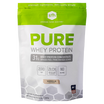


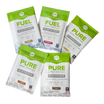


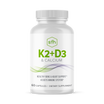
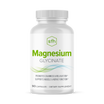
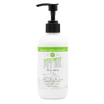
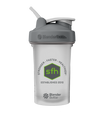



Leave a comment
This site is protected by hCaptcha and the hCaptcha Privacy Policy and Terms of Service apply.